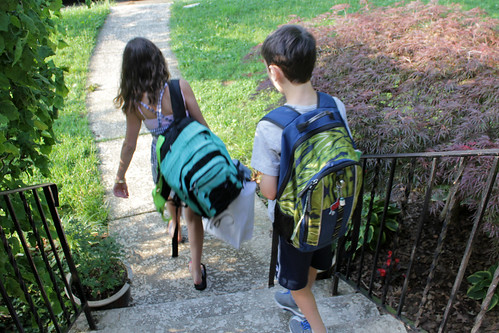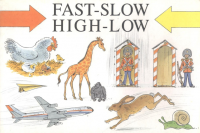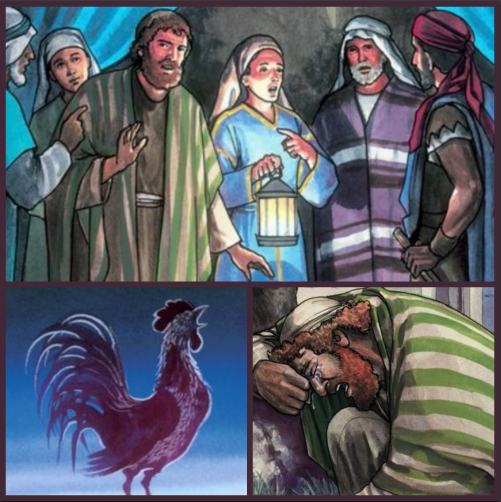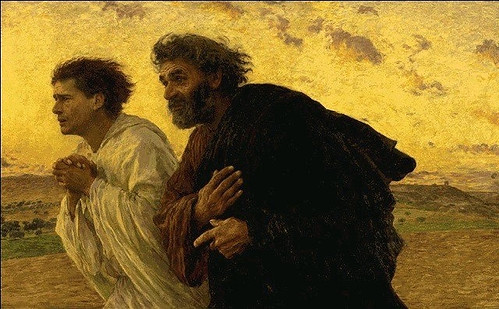 A new school year approaches. Ready or not, time to get back into the learning mode.
A new school year approaches. Ready or not, time to get back into the learning mode.If your child is experiencing even the tiniest hint of anxiety or trepidation about the re-start of school, remind them that God gave us an example of how we can consider learning.
God’s example is in the life of Jesus, who teaches us to view ourselves as “disciples.”
And what is a disciple but a student!
As disciples we are all life-long learners. How can we help our children to view themselves in this manner? Start off by talking about things you’ve learned this summer. Invite your child to share their list. A new swim stroke? Mastered a new game? Made a new friend? Perhaps they’ve learned what the word “Testament” means (as part of a summer video series on What’s in the Bible).
Ask what your children intend to learn over the next school year.
Make “SMART” goals: Specific, Measurable, Attainable, Relevant, and Timely. (It’s a school-ish way to think!)
- Memorize the multiplication tables through 10?
- Finish reading one new book a week?
- Expand your sight vocabulary by 50 words?
But some worthy goals are harder to measure, such as learning to be more caring.

What will help your kids to build confidence, kindness, courage, perseverance, respect, enthusiasm, responsibility, or generosity?
Here are ways to help achieve those hard-to-measure goals!
- Read the Bible every day. Just a few verses!
- Learn a Bible verse by heart every month.
- Ask “I wonder” questions around the dinner table.
- Look for ways to practice being caring, kind, and generous.
What is your family planning to learn?

School starts by Gideon Tsang, licensed under CC BY-SA 2.0.
A show of kindness by Patty Brito, released under Unsplash License.



 Do you start off your day with a list of what you need to do? I do!
Do you start off your day with a list of what you need to do? I do!
 We often would make-up lively stories about the various opposites portrayed—leading to interesting tales! (I love wordless books for young children. They invite imaginative thinking.) Light and dark were illustrated in an expected way: with a lamp “on” and “off.”
We often would make-up lively stories about the various opposites portrayed—leading to interesting tales! (I love wordless books for young children. They invite imaginative thinking.) Light and dark were illustrated in an expected way: with a lamp “on” and “off.”
 But there were “dark” moments during that gathering. Like when Jesus tells his disciple Peter that he will soon deny him. Can you imagine Peter’s shock? “Who me?, Peter says, “Never! I am ready to die for you.”
But there were “dark” moments during that gathering. Like when Jesus tells his disciple Peter that he will soon deny him. Can you imagine Peter’s shock? “Who me?, Peter says, “Never! I am ready to die for you.”


 An Easter blessing:
An Easter blessing:


